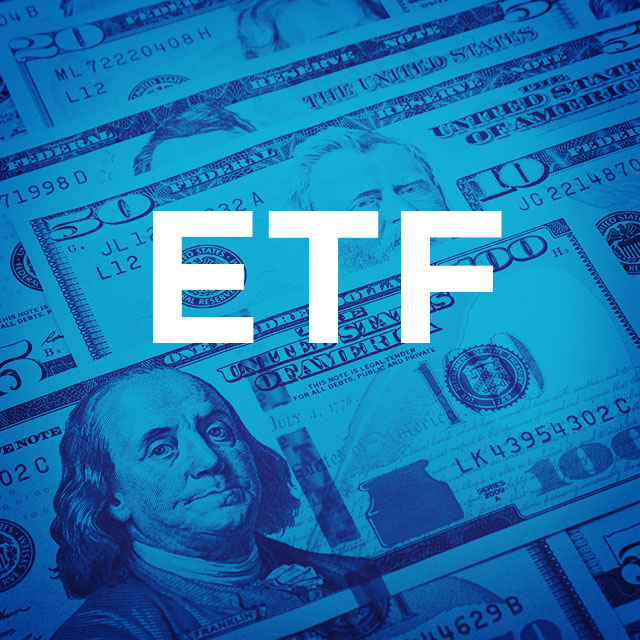Falcon
NOT FOR REPRINT
Tell Clients About Sequence of Returns Risk
By
Elle Switzer
Commentary August 01, 2019 at 08:23 PM
Share & Print
One defining characteristic of the current long bull run is historically low market volatility. From 1990 to 2011, the Standard & Poor's 500 posted an average annual gain of 7.6%, while the average daily close of the VIX Volatility Index during the same period was 20.6%. On the other hand, in the following seven years, from 2011 to 2018, the average annual gain for the S&P 500 was 10.9%, while the daily VIX average was just 15.2%. Investors could be forgiven for growing complacent. (Related: Structured Annuities Soften Downturns) However, recent gyrations — a credit market dislocation in late 2018 and big stock market swings in 2019, mostly related to trade disputes — suggest volatility may be making a comeback. Now is a great time to talk to clients about that. Such a conversation is especially on point for savers approaching retirement. For years, advisors have coached investors to take a long view and invest a healthy portion of their nest eggs in equities. Nearly every recent bear market has been followed by a relatively more powerful rally. Recent history, however, also illustrates the potential risk to individual savers whose retirement windows fall at a discrete and totally random period on the timeline — sometimes when the market is marching higher — and sometimes when it is falling. While the impact of the sequence of annual returns on an investment makes no difference over time if the assets are not touched, it can have a big effect if the investor is taking distributions along the way. Our "Unhappy Returns" table starkly illustrates this sequence of returns risk — the risk that the market is on a downswing when an investor transitions from wealth accumulation to wealth distribution — and how it can impact outcomes. It shows the beginning and ending balance for two hypothetical retirees, Trish and Roberto. Both Trish and Roberto start out with $100,000 in their nest eggs allocated to stocks and bonds. Both make annual withdrawals of $5,000. Trish, however, begins making withdrawals while the market is rising. Despite a bear market after Year 10, she has nearly $84,000 left in her account after 15 years. Roberto's 15 years of returns are exactly the same as Trish's, and if neither of them were drawing money out of their savings, their ending balances would be identical. But they are making withdrawals, and Roberto's annual returns occur in the opposite order of Trish's. That means he encounters the same downturn that Trish experienced in Year 11 just three years into his retirement window. As a result, the impact of his annual withdrawals on the size of his principal in the early years is relatively more severe, and despite the subsequent bull market, Roberto's portfolio never fully recovers. After 15 years, he has $46,000 left in his account, a little more than half of what Trish has. For poor Roberto, perhaps the only thing worse than beginning to tap his retirement account just when the market was about to take a leg down would have been to panic after it did so. Suppose that after Year 4, the first year of double-digit losses, Roberto had cried uncle and rotated into cash investments yielding 2%. By doing so, he would have dodged the second year of steep losses, but he also would have missed out on the subsequent bull market. His balance after 15 years? A scant $34,000, versus $46,000 if he had ridden out the bear market and stayed invested. It happens all the time. Well-advised investors with well-constructed, long-term financial plans get cold feet when markets drop and sell at precisely the worst time. That's why now is the time to have a heart-to-heart with clients about volatility, it's potential impact on their plans and the proactive steps they can take — whether it's adopting a more conservative allocation over time or looking at registered index-linked annuities that control risk — to get ready for it. — Connect with ThinkAdvisor Life/Health on Facebook, LinkedIn and Twitter.
 Elle Switzer is director-annuity product management at CUNA Mutual Group, a mutual insurance holding company that issues annuities through CMFG Life Insurance Company and MEMBERS Life Insurance Company.
Elle Switzer is director-annuity product management at CUNA Mutual Group, a mutual insurance holding company that issues annuities through CMFG Life Insurance Company and MEMBERS Life Insurance Company.
 Elle Switzer is director-annuity product management at CUNA Mutual Group, a mutual insurance holding company that issues annuities through CMFG Life Insurance Company and MEMBERS Life Insurance Company.
Elle Switzer is director-annuity product management at CUNA Mutual Group, a mutual insurance holding company that issues annuities through CMFG Life Insurance Company and MEMBERS Life Insurance Company.NOT FOR REPRINT
© Touchpoint Markets, All Rights Reserved. Request academic re-use from www.copyright.com. All other uses, submit a request to [email protected]. For more inforrmation visit Asset & Logo Licensing.
Featured Resources
View All
Sponsored by Axos Advisor Services
Integrated Banking Solutions: How To Enhance Client Services and Grow Your Business

Sponsored by Optifino
Three Macro Trends Impacting Long-Term Care: Trends, Solutions & Client Conversations

Sponsored by Vanilla
The Missing Piece: Why Advisors Who Skip Estate Planning are Failing Their Clients






